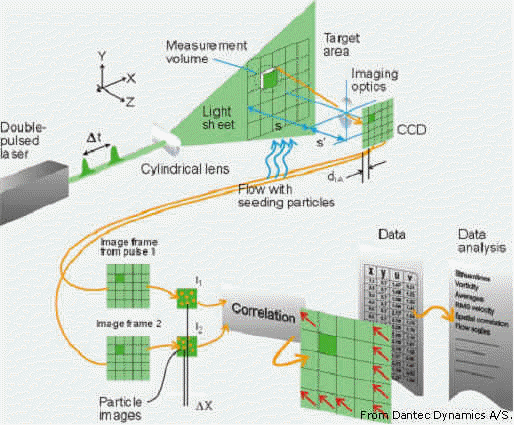Project Description
Digital PIV System |
||||
|
||||
Solution |
||||
|

|
|||
|
 |
|||
|

|
|||
Performance |
||||
|
||||

